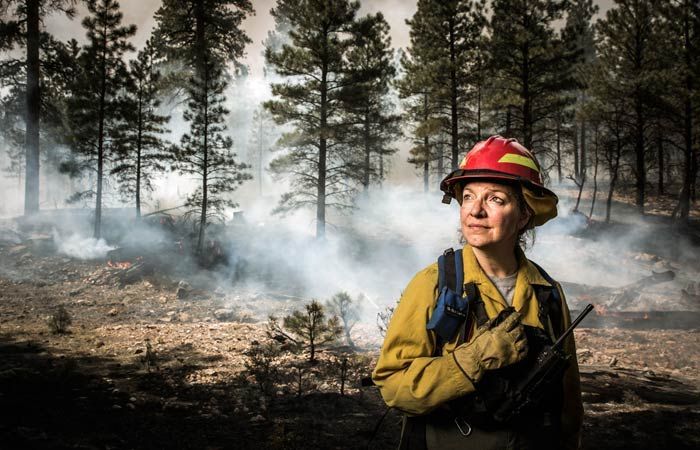Take a closer look at the Fire Adapted Communities infographic showing what a fire adapted community looks like.
BAILEY HEALTHY FORESTS INITIATIVE
For a Fire Adapted Community
Take a closer look at the Fire Adapted Communities infographic showing what a fire adapted community looks like.

A Fire Adapted Community takes responsibility for its wildfire risk. Actions address resident safety, homes, neighborhoods, businesses and infrastructure, forests, parks, open spaces, and other community assets. The more actions a community takes, the more fire adapted it becomes.

How does a community become fire adapted?
Becoming a fire adapted community is a process and includes the following characteristics:

Download ‘A Learning Network for Growing Fire-Adapted Communities: Pilot Project Kick-Off’ powerpoint for more information about the Learning Network.

Catching Fire: Restoring Arizona’s overgrown forests before the next megafire (PDF 79k) was published this month in Nature Conservancy Magazine. The article highlights the Four Forest Restoration Initiative, or 4FRI, a collaborative working to restore millions of acres of national forest land in Northern Arizona. Visit the article link for the online version and photo gallery.
Jill Ozarski (of Senator Mark Udall’s office), shared information on the Udall-Inhofe Fire Mitigation bill, which Senator Udall introduced last week. “We believe this program could be a game-changer for wildfire mitigation in Colorado, and appreciate all of your support as it moves forward,” Jill said. The bipartisan bill, co-sponsored by Jim Inhofe (R-Okla.), would allow FEMA to proactively work with states and localities on wildfire mitigation projects, and would allow states including Colorado to be eligible to receive an additional 15 percent of the total FEMA allocates for fire suppression and mitigation. See below for the press release and the bill.